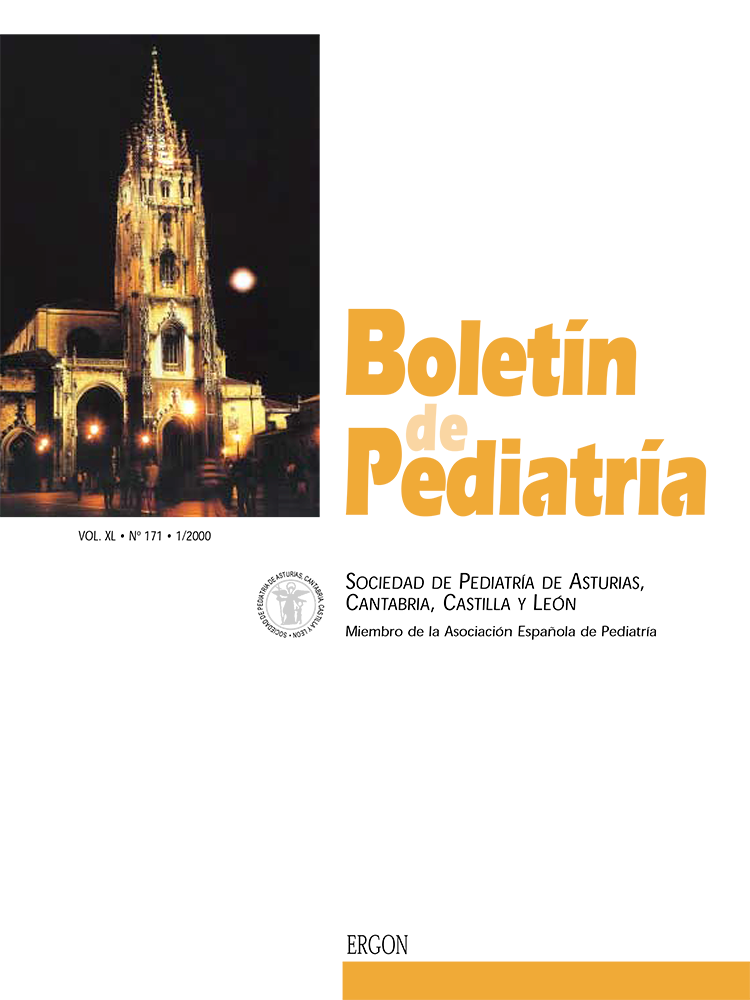Abstract
Objetive: To value the ussefulness of inhaled nitric oxide in neonatal hypoxemia when conventional therapy has failed.
Material and methods: The newborns were elegible for the study if there were severe hypoxic despite correct treatment with conventional mechanical ventilation, high frecuency ventilation and/or exogenous surfactant. Criteria to evalue oxigenation were: oxygenation index 25 or higher, partial pressure of arterial oxygen less than 60 mm Hg, PaO2/FiO2 index less than 300 and oxigen saturation less than 80%.
Results: Six newborns were treated with inhaled nitric oxide. Diagnosis were: idiopatic persistent pulmonary hypertension, meconium aspiration syndrome, Ebstein´s anomaly and congenital diaphragmatic hernia. Inhaled nitric oxide dose was administered between 10 and 40 ppm. Five of six newborns responded favorably with clinical improvement and decreased of oxygenation index > 33%. Response was quick in the first hour of treatment and continued in time. Nitric oxide improved oxygenation without detectable toxic effects.
Conclusion: Inhaled nitric oxide proved to be useful in the treatment of severe neonatal hypoxic pathology and improves sistemic oxygenation even with absence of doppler-echocardiography evidence of pulmonary hypertension.

This work is licensed under a Creative Commons Attribution-NonCommercial 4.0 International License.
Copyright (c) 2000 Boletín de Pediatría
